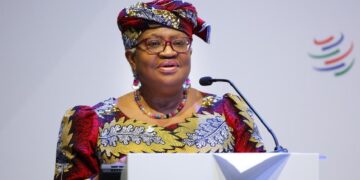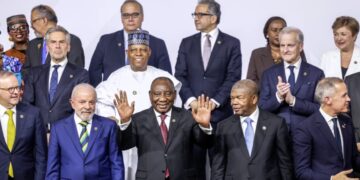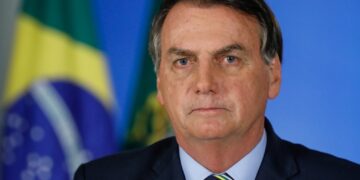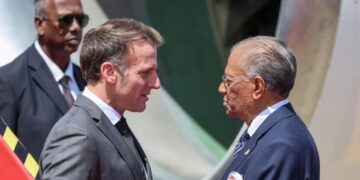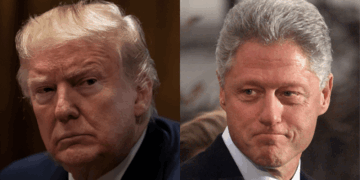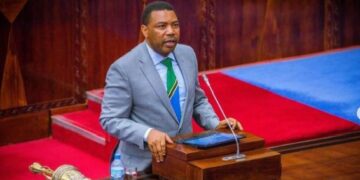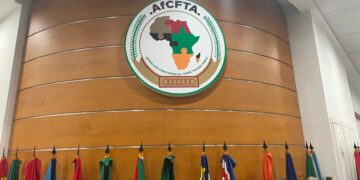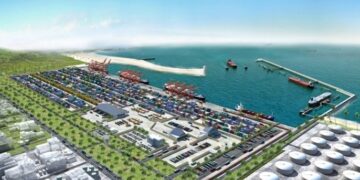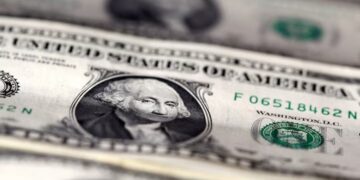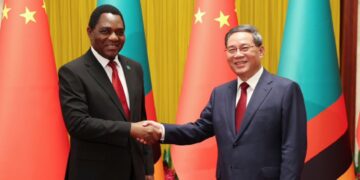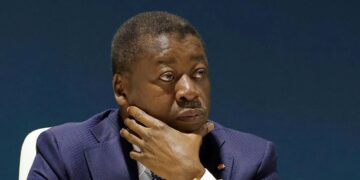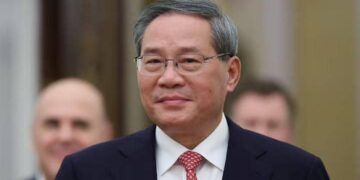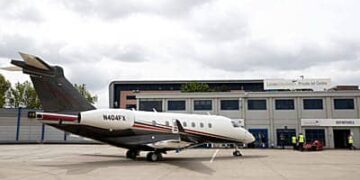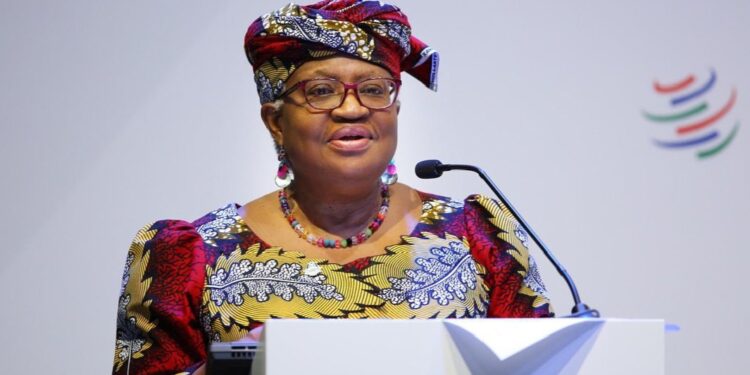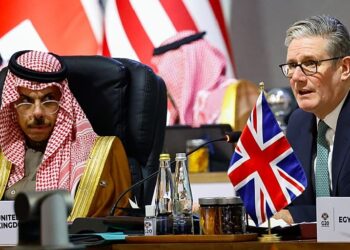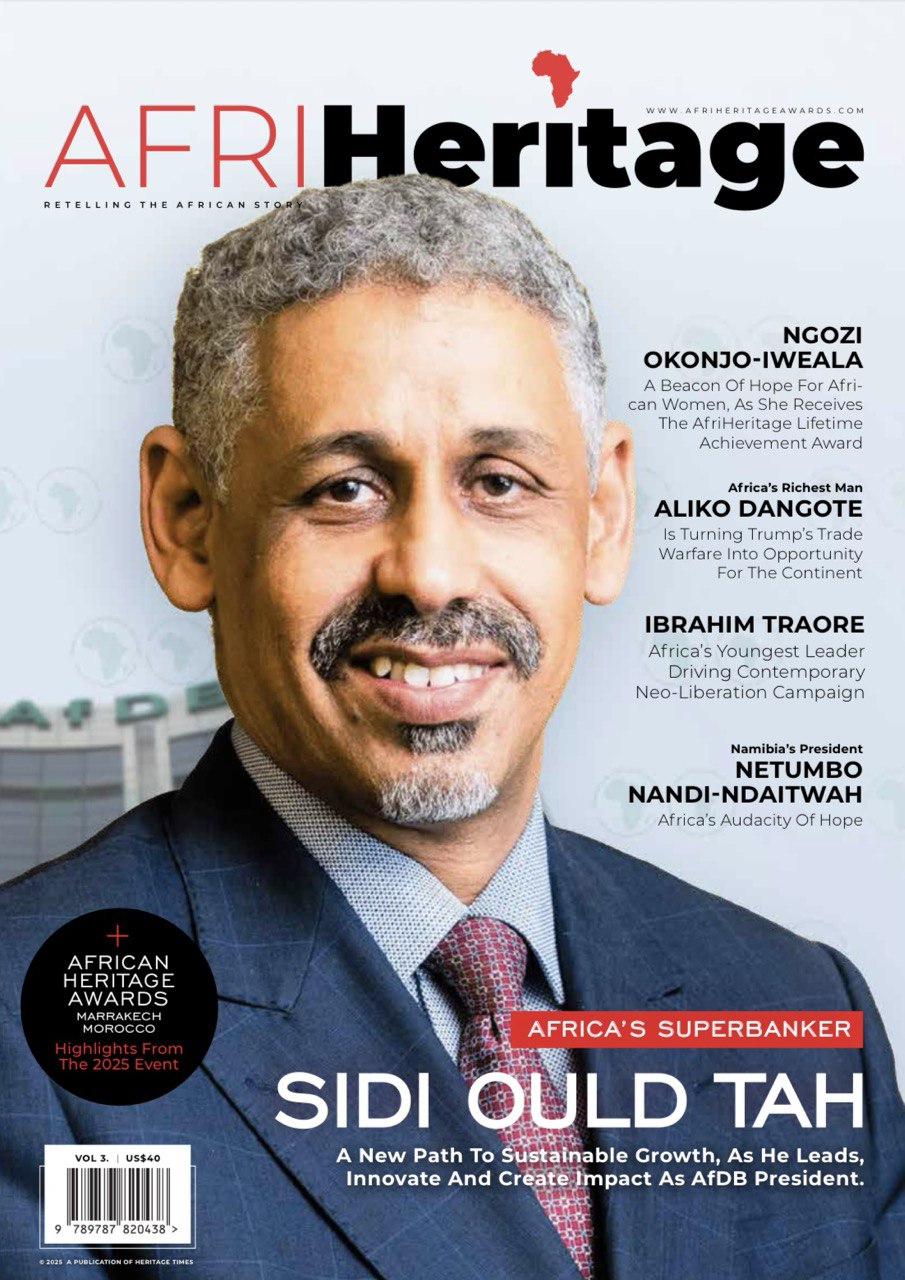By Emmanuel Nduka Obisue
The World Trade Organization (WTO) under the leadership of Dr. Ngozi Okonjo-Iweala has sharply raised its forecast for global goods trade growth this year following an unexpectedly strong first half.
The WTO said this is driven by surging demand for artificial intelligence-related products, front-loaded US imports amid tariff concerns, and robust trade among developing nations.
In its latest Global Trade Outlook and Statistics report released on Tuesday, the Geneva-based trade body said it now expects merchandise trade to grow by 2.4% in 2025, up from 0.9% projected in August. In contrast, WTO economists have cut the 2026 forecast to 0.5%, down from 1.8%.
Earlier in April, WTO experts had even predicted a decline of 0.2% in global goods trade for 2025.
The organisation attributed the stronger performance to “robust trade in artificial intelligence-related goods,” which accounted for a remarkable 42% of global trade growth, far above their 15% share of total trade.
WTO senior economist Marc Bacchetta said the rise in AI-related trade “seems to have been fuelled by structural investments in digital infrastructure, from semiconductors to cloud servers”.
Okonjo-Iweala said the solid performance was also supported by strong trade growth among developing economies and a measured global response to new tariffs introduced earlier this year by the Trump administration. She said, “Countries’ measured response to tariff changes in general, the growth potential of AI, as well as increased trade among the rest of the world, particularly among emerging economies, helped ease trade setbacks in 2025″.
The report noted that the value of South-South trade rose by 8% year-on-year in the first half of 2025, outpacing the 6% growth in overall global trade value.
Meanwhile, trade in services is expected to expand by 4.6% in 2025 and 4.4% in 2026, both slower than the 6.8% growth recorded in 2024.
The WTO cautioned that the main downside risks to the outlook include the spread of trade-restrictive measures and growing policy uncertainty across more economies and sectors.
